



Author: Dr. Garima Biswas
Yoga 0
At the base of the pelvis are muscles, ligaments, and tissues called the pelvic floor. The bladder, intestine, and uterus (in women) or prostate (in men) depend on these muscles. They help with delivery, continence, and sexual health.
Weak or malfunctioning muscles can cause urine incontinence, pelvic pain, and post-surgery problems. Here comes pelvic floor rehabilitation.
What is Pelvic Floor Rehabilitation?
Pelvic floor rehabilitation strengthens and restores pelvic floor muscles. Customized to alleviate weakness, tightness, or coordination concerns.
Purpose:
To improve quality of life, reduce symptoms, and avoid long-term damage.
Specialists' Role:
Physiotherapists and pelvic floor therapists help patients with personalized exercises, treatments, and lifestyle changes.
Common Conditions Treated by Pelvic Floor Rehabilitation
1. Urinary Incontinence:
i. Stress Incontinence:
Urinating when coughing or sneezing.
ii. Urge Incontinence:
Urinating suddenly and strongly.
2. Pelvic Organ Prolapse:
A condition when pelvic organs descend.
3. Chronic Pelvic Pain:
Includes intercourse pain, endometriosis pain, and other chronic pain.
Recovery After Childbirth
4. Postpartum Recovery:
Helps women recover from normal or cesarean deliveries.
5. Prostate Surgery Recovery:
Helps in recovery from prostate surgery
6. Post-Surgical Rehabilitation:
Helps pelvic and associated surgery recovery.
Benefits of Pelvic Floor Rehabilitation
1. Restores Functionality and Strength:
Rebuilds coordination and muscle control.
2. Increases Life Quality:
Reduces incontinence and pelvic pain.
3. Improves Postpartum Recovery:
Faster recovery for new mothers.
4. Prevents Long-Term Damage:
Chronic issues can be avoided with early intervention.
5. Reduces Pain and Discomfort:
Relieves pelvic pain in daily life.
How Pelvic Floor Rehabilitation Works
1. Assessment:
Medical history, physical exams, and muscle function and coordination tests are discussed in the initial evaluation.
2. Methods of Treatment:
1. Pelvic Floor Exercises:
Kegel exercises strengthen the pelvic floor.
2. Biofeedback Therapy:
Real-time biofeedback devices increase muscle control.
3. Electrical Stimulation:
Non-invasive electrical stimulation improves muscular function.
4. Manual Therapy:
Trained therapists release interior muscles.
3. Education and Lifestyle Changes:
Posture, toilet habits, and weight control advice for long-term rehabilitation.
Who Can Benefit from Pelvic Floor Rehabilitation?
1. Women:
During pregnancy, postpartum, or menopause.
2. Men:
After prostate surgery or pelvic pain.
3. Seniors:
Addressing common age incontinence.
4. Sports People:
Managing pelvic muscle tension from hard exercise.
When to Seek Pelvic Floor Rehabilitation:
1. Signs of Need:
i. Issue in controlling urination.
ii. Intercourse pain.
iii. Palpable pelvic weight or bulge.
2. Possible Risks:
Childbirth, chronic constipation, obesity, pelvic operations, or age.
3. Ideal timing:
At first symptoms of soreness, after childbirth, or surgery.
When to Seek Pelvic Floor Rehabilitation
1. Sessions:
Evaluations, targeted exercises, and hands-on treatments are typical.
2. Progress:
Recovery times vary but improve following repeated exercises.
3. Self-Care:
Patients should complete suggested workouts and develop healthier lifestyle practices at home.
Pelvic Floor Rehabilitation Myths vs. Facts
1. Myth: Only women need pelvic floor therapy.
Fact: Men and seniors can benefit from this therapy.
2. Myth: Treatment is too late.
Fact: Pelvic floor therapy works at any age.
3. Myth: Only seniors use it.
Fact: Pelvic floor therapy benefits all ages, especially athletes.
Conclusion
Pelvic health issues can be transformed by pelvic floor rehabilitation. Addressing the causes of pain and dysfunction restores strength, quality of life, and prevents chronic difficulties. If you have symptoms or risk factors, visit a doctor to improve your health.
Frequently Asked Questions
Add comment
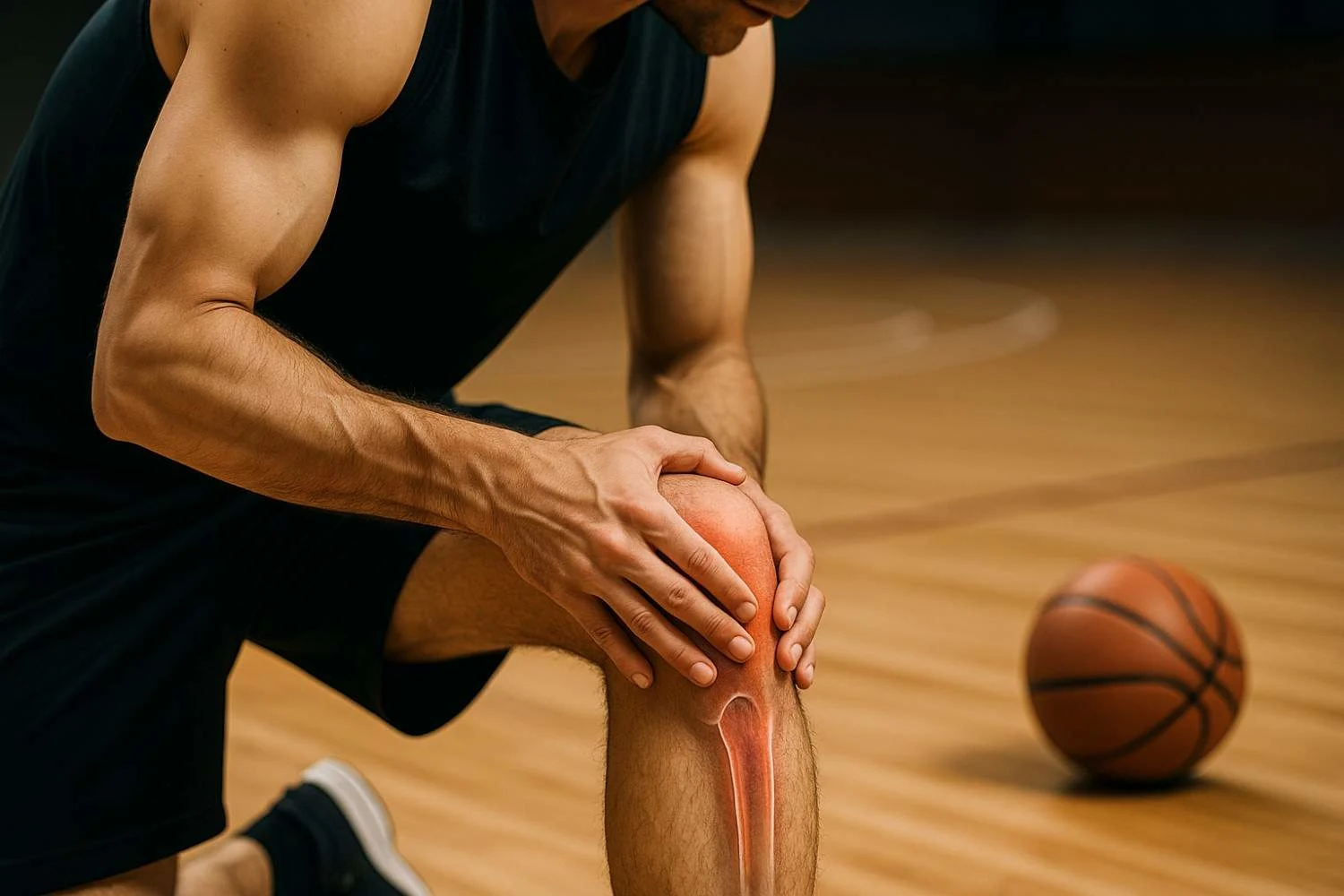
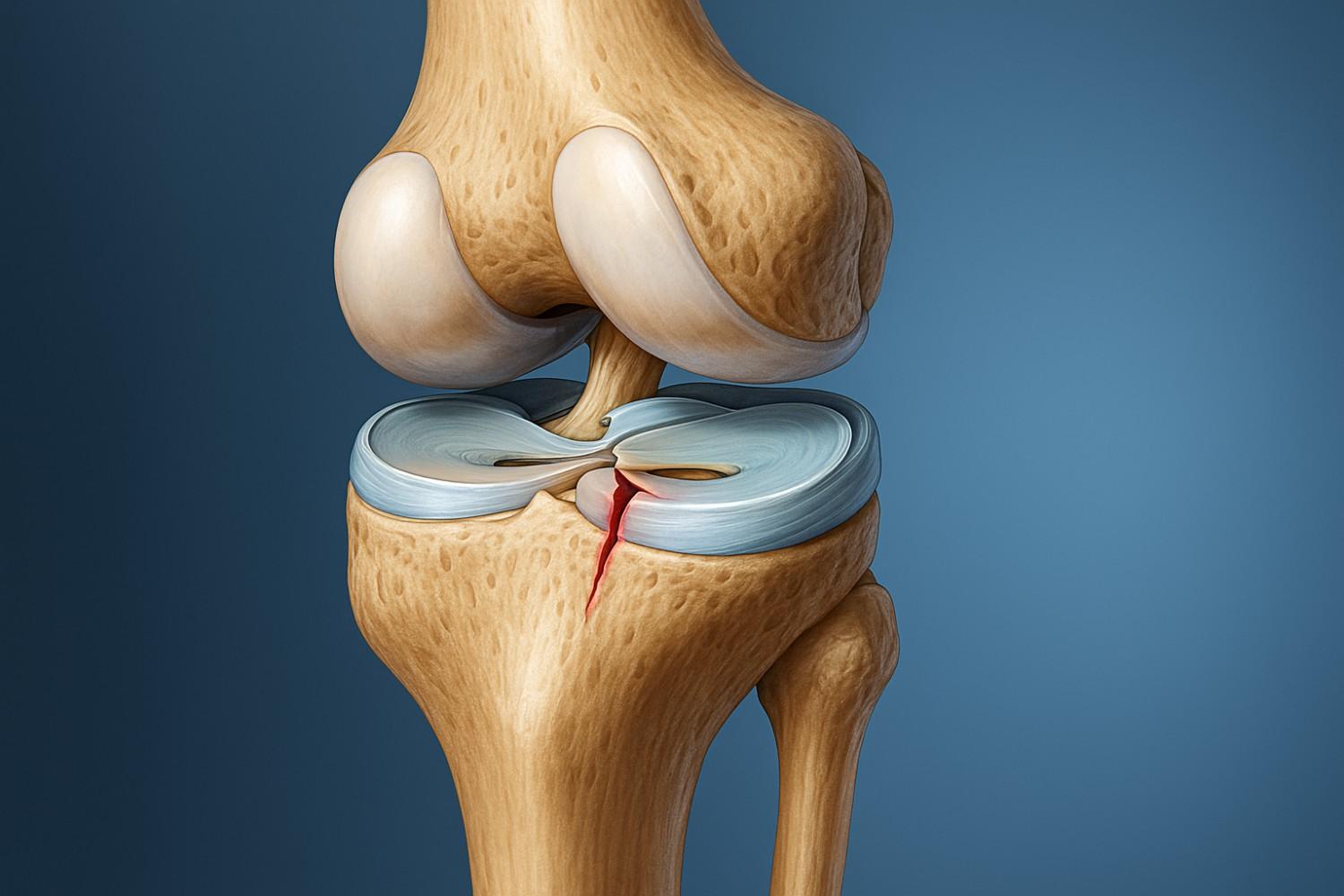



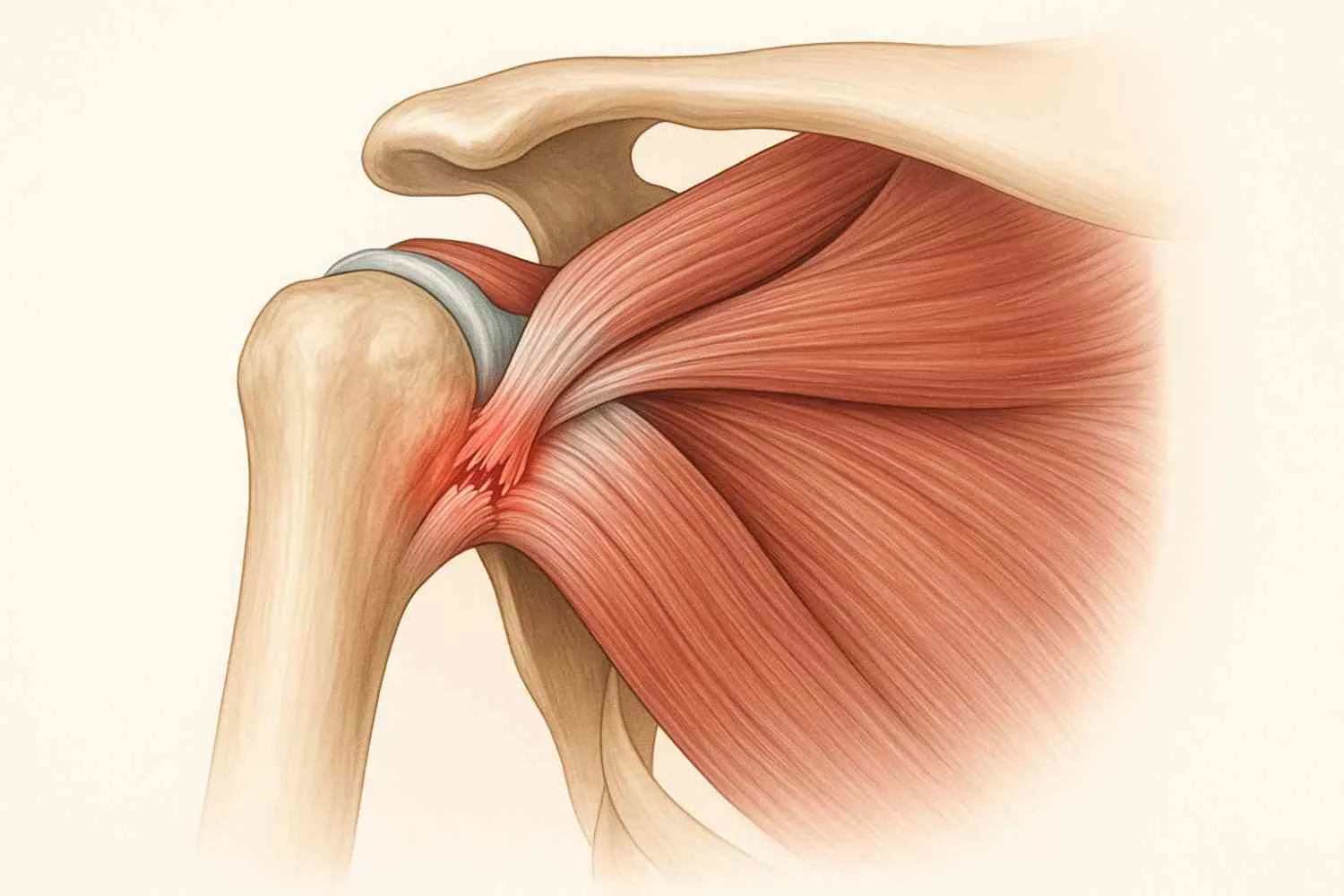
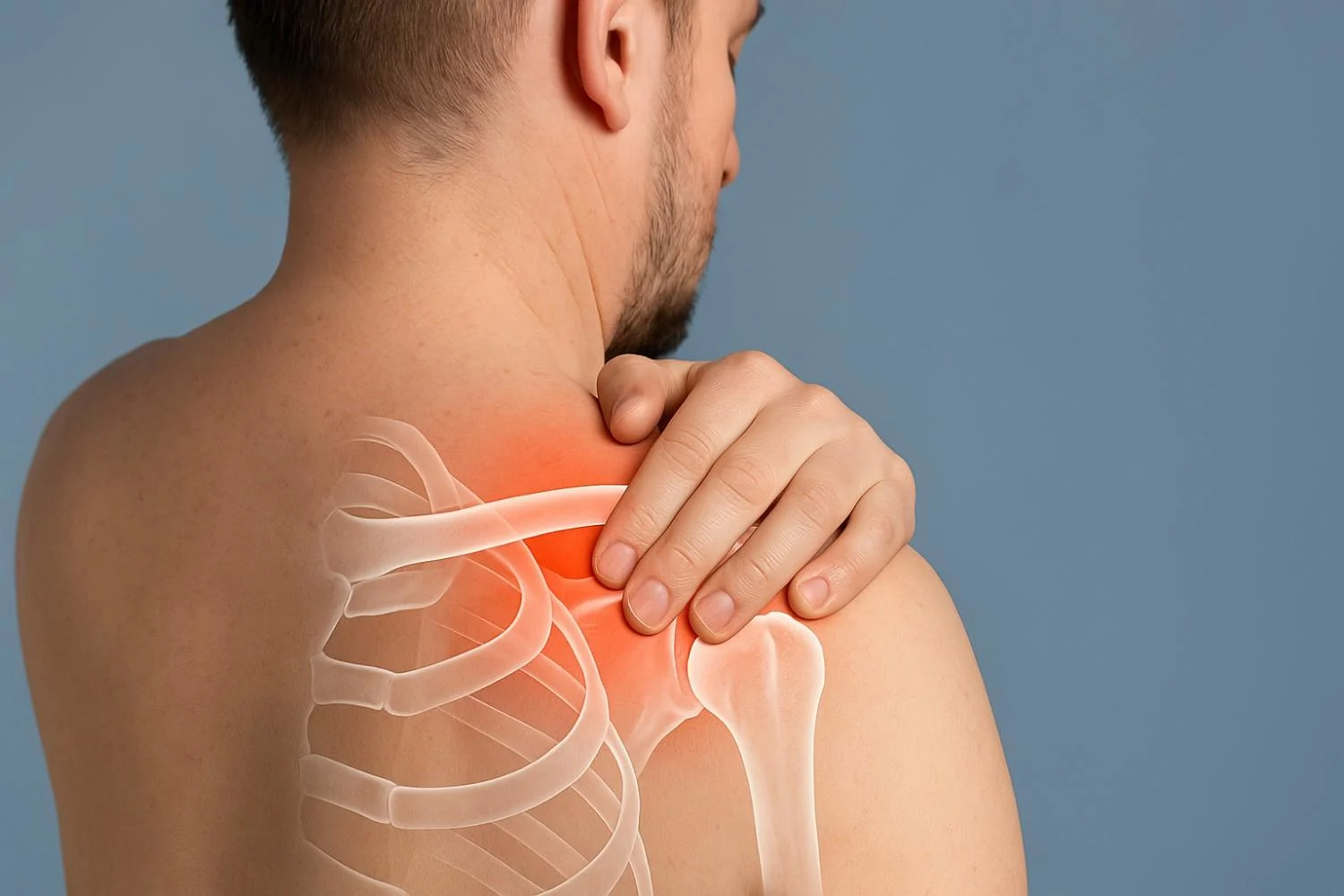
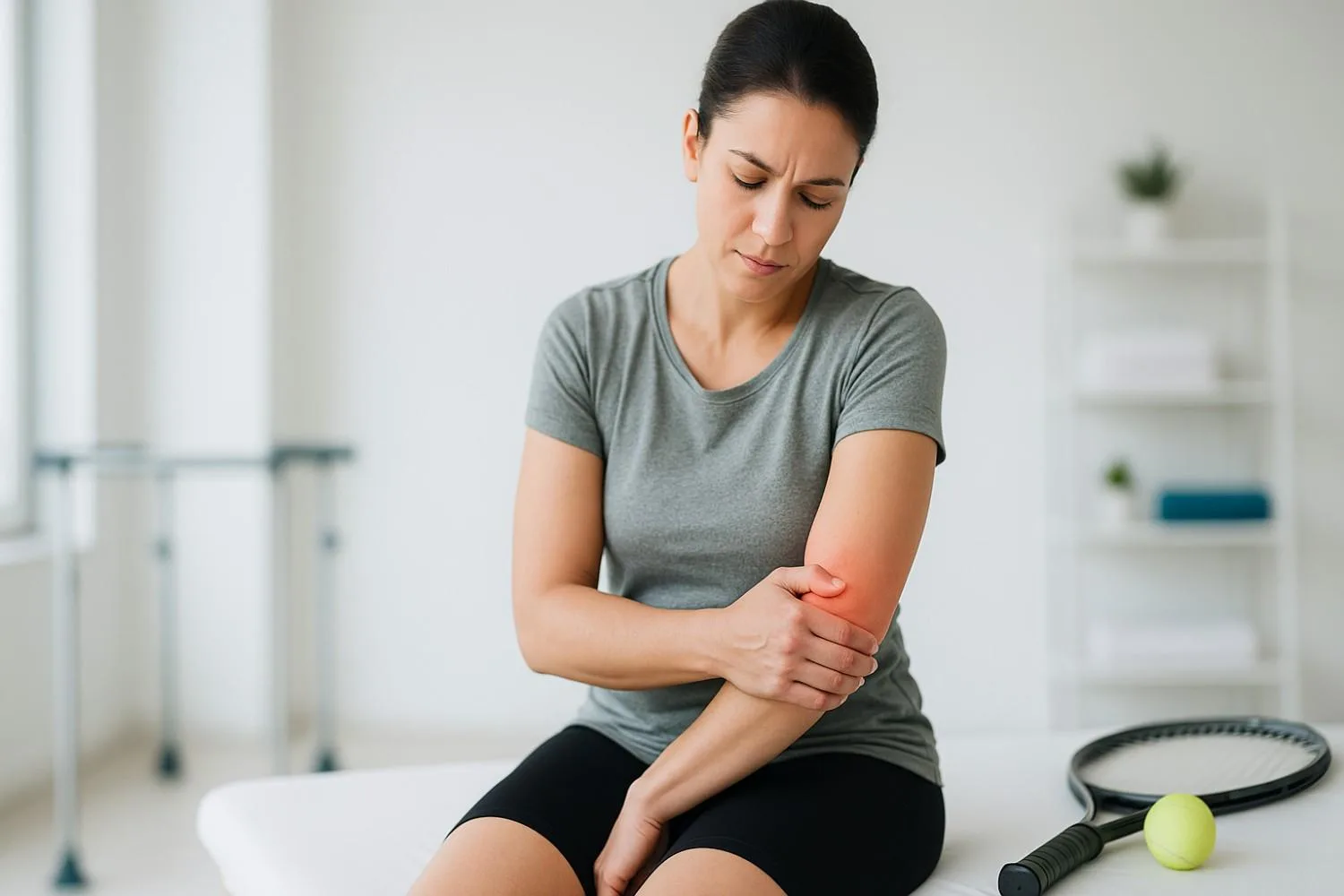
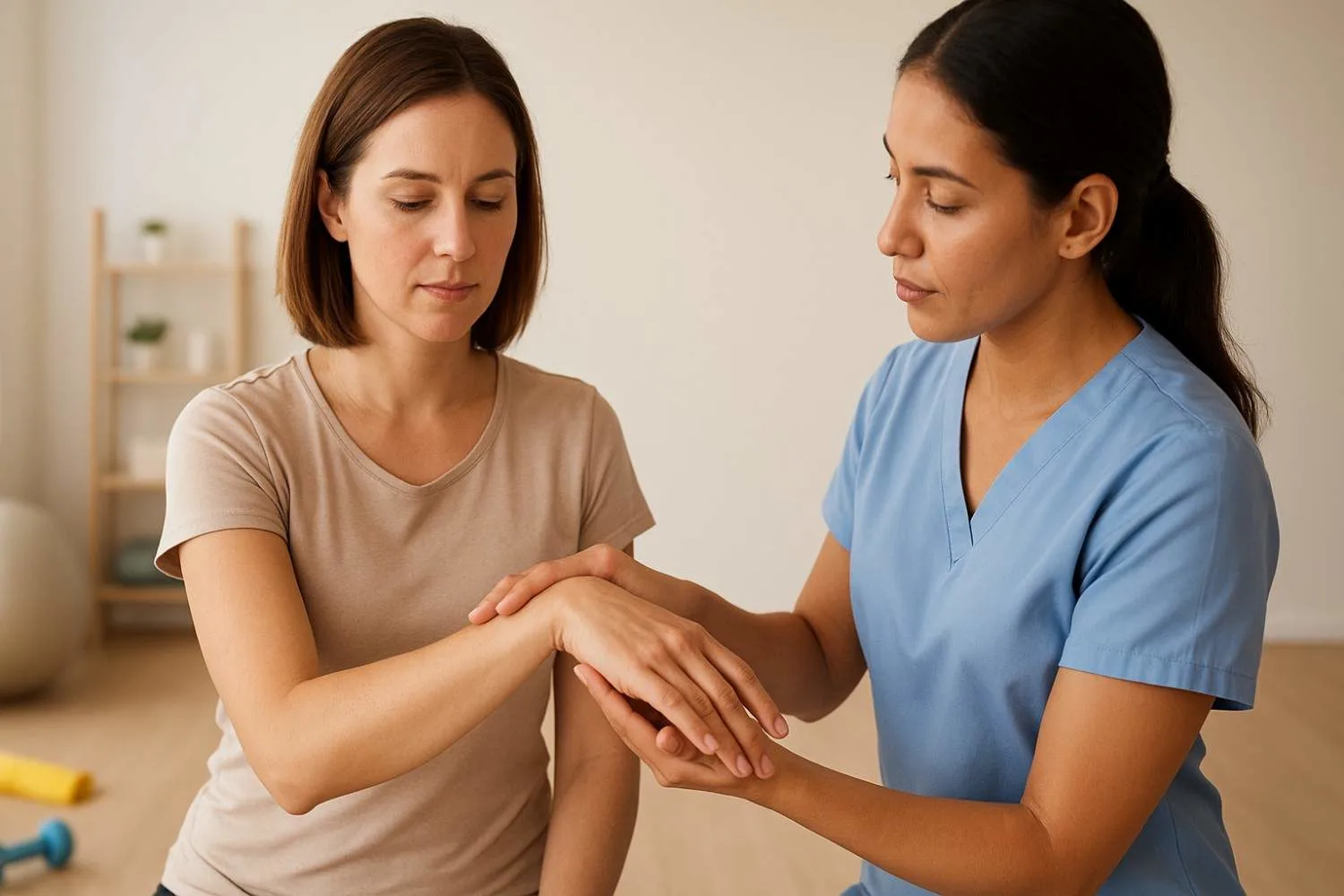


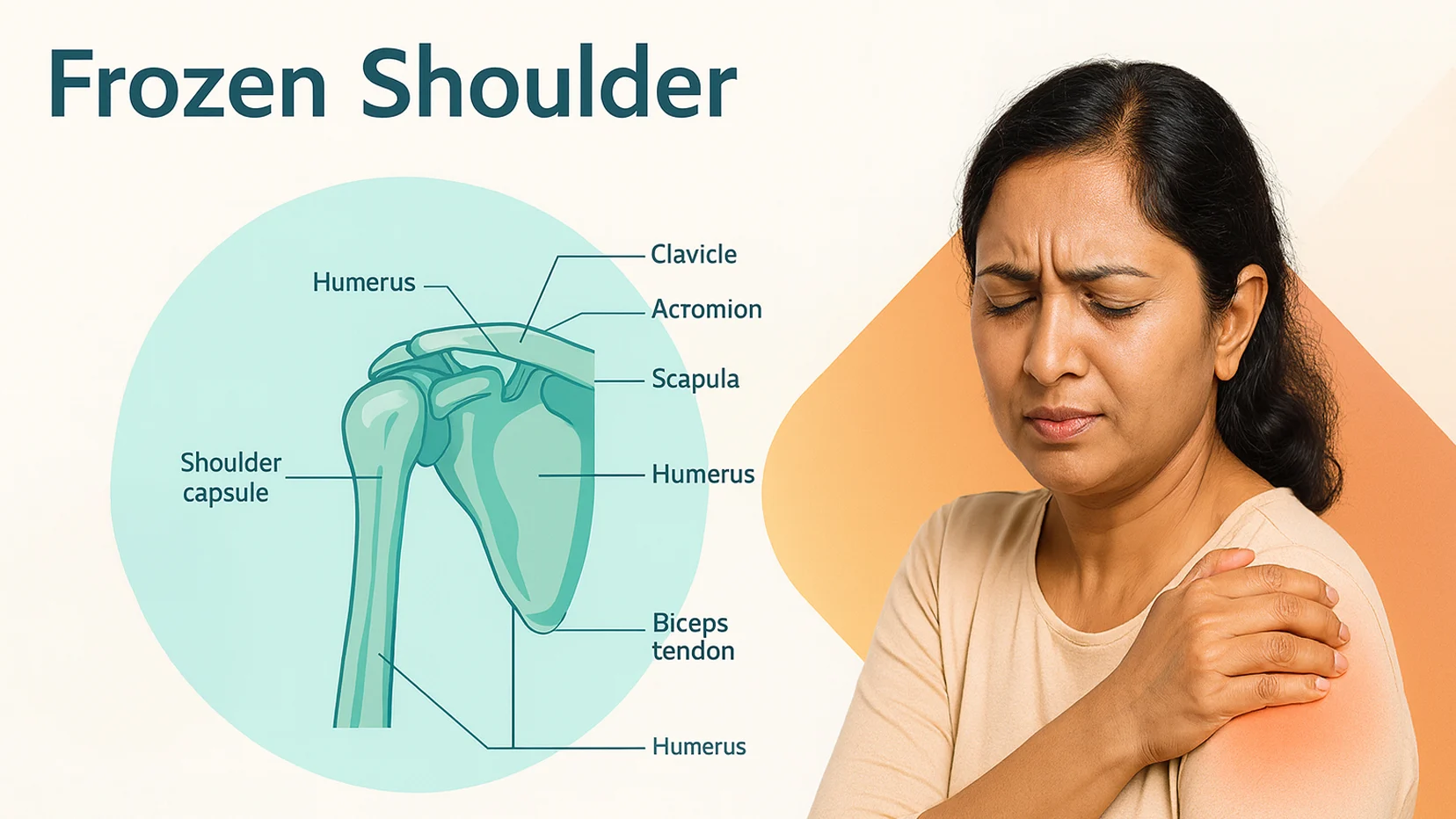




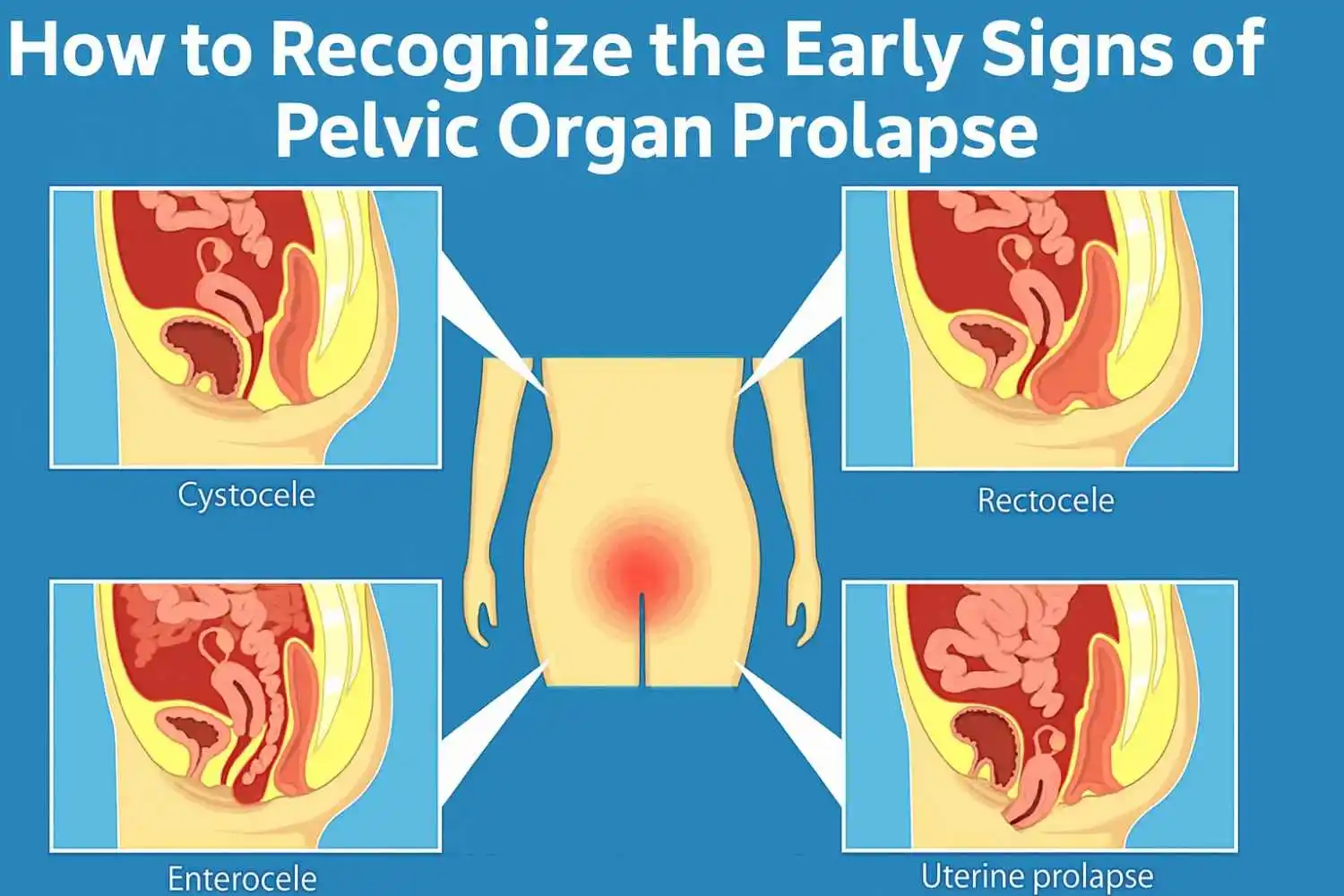
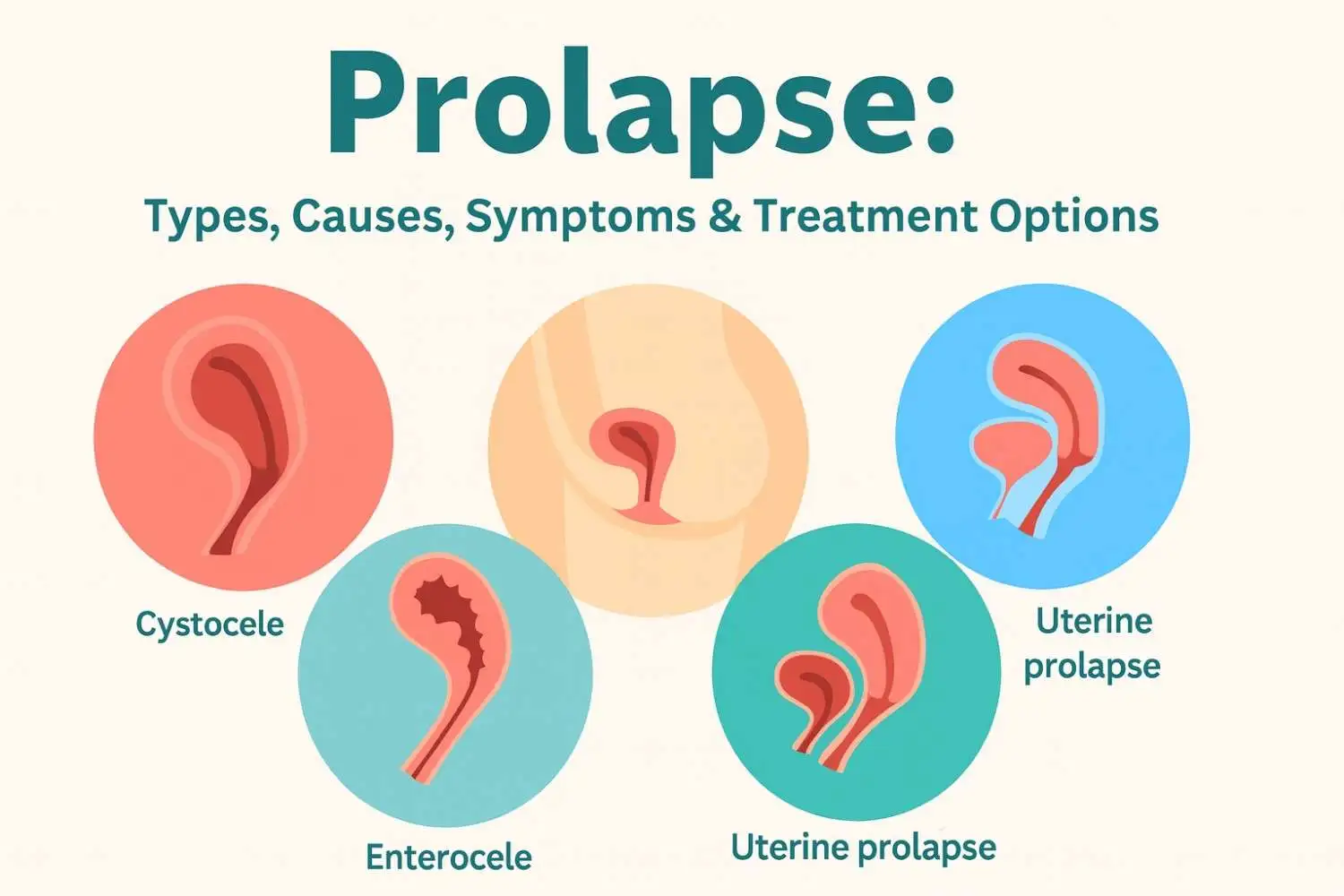









.webp)





.jpg)






































